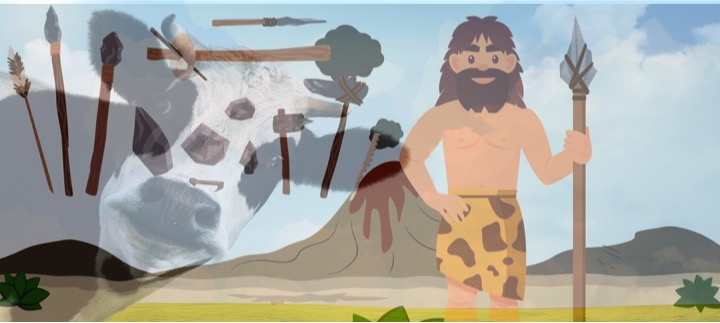The Meteorological Department has said that there is a possibility of severe heat in most parts of the country; this year between March and May. The IMD said that areas from west to central and northwest India will have a heat-surge between March and May;and the temperatures will go above normal. In other words, this year’s forecast says that the entire nation will witness a record-breaking surge in temperatures.
There has been an acute shortage of milk in the country. The cost of production of milk is also increasing due to inflationary pressure on feed, fodder and logistics . The farmers need a reasonable price for their produce. The method of imputed costs in agriculture prevails over the computed costs. The dairy farmers are not much aware of their real cost of milk production.
Farm Gate price computation
Normally the milk buyers fix the Milk procurement prices.The Dairy cooperatives play an important role in deciding the milk prices. Amul has always set up bench marks for giving the best prices to their farmers. Amul is a role model and all other players try to follow the suit .
The procurement of total surplus milk in India is run by the following players in the organised sector :
a.State run Cooperatives
b.Private cooperatives
c. Farmer producer companies
d. The private sector
Subsidies and Supports are not bad
Many states in India are giving direct subsidies to milk producers. Only the dairy farmers registered with the state dairy cooperative federation get these subsidies .The dairy farmers must get the necessary support for their sustainability. These supports may cover their major cost of rearing non productive animals in their backyards as well as higher input costs. An in depth cost benefit analysis of dairy farm business must be carried out before computing these subsidies.
These subsidies also must have an objective of either increasing milk production, improving quality and filling in the gaps between flush and lean production. The farmers may not require the subsidy support throughout the year. It shows the lack of research behind developing a dairy development program by the state cooperatives. These subsidies must be empowering by nature and must have a timeline for discontinuation.
Excessive subsidies start to cross subsidise the inefficiencies of the beneficiary organisations also over a period of time. The most important point is that the subsidies must be democratic and inclusive by its nature.
Milk subsidy -A case study
There are many states which are giving milk subsidies to its farmers. The state cooperatives provide these subsidies to their registered members only. Karnataka, Rajasthan, Haryana ( Rs 5 /liter from April to September) , Kerala, Telangana , etc are amongst a few of the states offering these subsidies.
In one of the states, the subsidies were increased from Rs 2 per litre to Rs 5 per litre from 1st April. There are around 90 lakhs rural households in that state. It is said that around 80% of them rear cattle. Let us say that there are around 70 lakhs rural households which does dairy farming. The state dairy cooperative Federation has around 9 lakhs registered farmers. A large Farmer producer company in this state also has one lakh registered dairy farmers.
However the subsidy will be provided to 9 lakh farmers of the state cooperative only. Which means that 61 lakhs dairy farmers including 1 lakh from the farmer producer organization will not be able to get this benefit.
Does it make the subsidy inclusive in any sense ?
In India most of the dairy players increased their milk prices from March 1 st due to very high input costs. This was followed by most other dairy companies including the state cooperative dairy federation we are analysing now. However after the announcement of the Rs 3 additional milk subsidy, the state federation rolled back their price increase. What does this mean in simple business terms ?
First you are getting your milk procurement becoming costlier through subsidies, thereby making competition suffer. Secondly you are using this subsidy as a market weapon to maintain your market position by being competitive by Rs 2 per liter. Is it truly a level playing field ? My answer is no.
Can’t we see the 15% farmers linked to the state cooperative enjoying their benefits in front of 85% of other farmers in the state.
Reimagine subsidies
The better way should be to give subsidies to all the dairy farmers and then let the market forces decide on which of the companies collect milk from them. If all the farmers are getting the subsidy then let the most efficient dairy company give as much of a discount to their consumers as they can.
I wish that the policy makers in India do better due diligence and subsidise the efficient eco system rather than the product or the producer. Let us reimagine this game of subsidies. Let us be more pragmatic and work for better animal productivity, cost effective feed and fodder management and excellent market linkages .
I seek your valuable comments and insights on creating a level playing field for the dairy industry in India.
Source : Blog by Kuldeep Sharma, Chief editor Dairynews7x7.com

